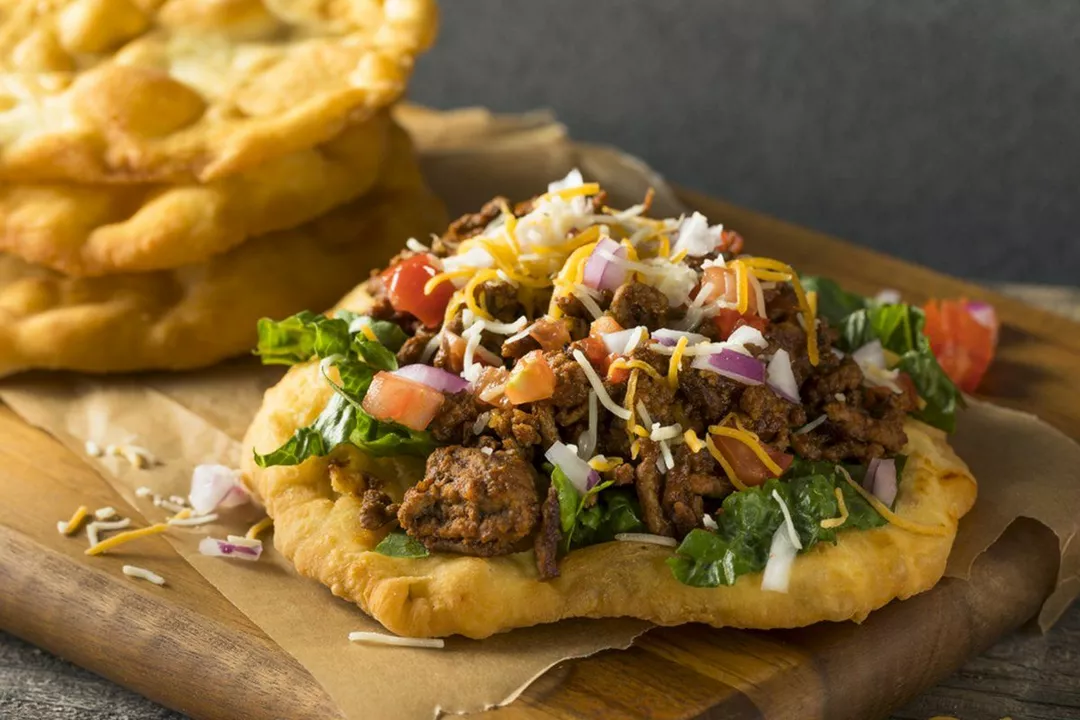Traditional Dish: How to Cook, Serve and Keep Recipes Authentic
Want to cook a traditional dish that tastes like it came from a family kitchen? Start with one clear goal: respect the key flavors. That means identifying the main ingredients and the way they’re treated—roasted spices, slow-simmered meats, or fresh herbs at the end. If you focus on those moments, the dish will feel authentic even if you make small swaps.
Pick one recipe and read it through fully before shopping. Traditional dishes often rely on timing: when you toast spices, how long you reduce a gravy, or when you add yogurt so it doesn’t split. Missing one step can change the result more than swapping one spice for another.
Simple swaps that keep the soul of the dish
Can’t find a specific spice or ingredient? Replace it with something that plays a similar role. For heat, use green chilies instead of dried red ones; for tang, lemon or tamarind both work; for creaminess, use full-fat yogurt or coconut milk depending on the region. Keep textures: if a recipe calls for slow-cooked lamb and you only have chicken, cut cooking time and choose a cut that won’t dry out.
When trying Kashmiri dishes like rogan josh, dum aloo, or gushtaba, watch the spice profile: Kashmiri cuisine favors warm, aromatic spices and often uses Kashmiri chili for color rather than extreme heat. Use mild smoked chilies or paprika if you want appearance without intense spice.
Practical cooking tips everyone can use
Layer flavors rather than dumping everything together. Toast whole spices briefly, then grind or crush them. Sear meats to lock in juices, then simmer gently to let flavors marry. Taste as you go—add salt in stages so the seasoning builds with the cooking.
Keep a small spice kit for traditional dishes: cumin, coriander, turmeric, whole cardamom, bay leaves, cinnamon stick, and a chili you like. A little jar of kasuri methi (dried fenugreek) and plain yogurt will help you finish many North Indian and Kashmiri recipes properly.
Make ahead where it helps. Many traditional dishes taste better the next day because the flavors settle. Refrigerate in an airtight container and reheat gently on the stovetop to avoid breaking dairy-based gravies.
Serving matters. A plain accompaniment—steamed rice, warm rotis, or a simple cucumber raita—can balance a rich traditional dish. Garnish with fresh herbs or a squeeze of lemon to brighten the plate just before serving.
Finally, preserve the recipe story. Ask family members how they learned a dish, note their tips, and write down exact times and measurements after you try it. Small details—how long a masala is fried, or whether mustard oil is used—make a recipe feel like home.
Cook one traditional dish this week and treat it like a mini project: read, prep, taste, and record. You’ll learn faster and build dishes that taste honest and familiar, not watered down or random.

What are Indian tacos?
I recently came across a delicious dish called Indian tacos, and I just had to share it with you all! Essentially, they are a scrumptious fusion of traditional Native American frybread topped with classic taco ingredients. The frybread is a soft, golden, and crispy base that holds the hearty mixture of seasoned meat, beans, cheese, lettuce, and tomatoes. These mouthwatering tacos are usually served with a side of sour cream and salsa, making them an irresistible treat. I highly recommend giving Indian tacos a try if you're looking for a unique twist on a classic favorite!
Categories
- Social Issues in India (3)
- Sports (3)
- Business & Markets (2)
- Weather & Climate (2)
- History and Politics (1)
- Quick and Easy Indian Breakfast Recipes (1)
- Food and Culture (1)
- Road Safety & Transportation (1)
- Cultural Experiences/Travel & Living Abroad (1)
- Technology Reviews (1)


